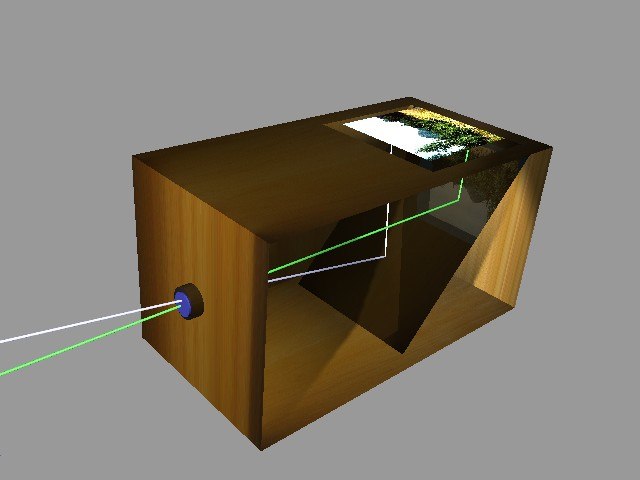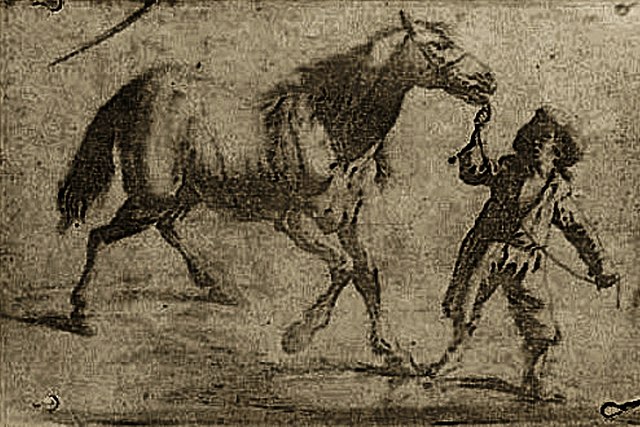Candid photography is photography captured without creating a posed appearance. This style is also called street photography, spontaneous photography or snap shooting. Professional photographers sometimes shoot candid photos of strangers on the street or in other public places such as parks and beaches. Candid photography captures natural expressions and moments that might not be possible to reproduce in a studio or posed photo shoot. This style of photography is most often used to capture people in their natural state without them noticing the camera. The main focus is on capturing the candid expressions and moments of life. Candid photography can be used in a variety of settings such as family gatherings, special events, and everyday street scenes. It is also a popular choice for wedding photos and professional portraits. Candid photography is often seen as a more honest representation of the subject than posed photography. To capture candid photos, the photographer may need to observe the subject from a distance or use a long lens or telephoto zoom lens. This allows for capturing the subject in their natural environment without them being aware of the camera. The photographer may need to be quick and have an eye for interesting compositions and backgrounds.

A candid photograph, made in Chicago in 1988
Candid photograph by YBA artist Henry Bond
The 35mm Leica camera first introduced in the 1920s is associated with candid photography.
One of a 1908 series of candid photographs by George W. Harris titled The Evolution of a Smile; just after a formal portrait session, William Howard Taft learns by telephone from Theodore Roosevelt that he has been nominated by the Republican Party for the office of President.
Photography is the art, application, and practice of creating images by recording light, either electronically by means of an image sensor, or chemically by means of a light-sensitive material such as photographic film. It is employed in many fields of science, manufacturing, and business, as well as its more direct uses for art, film and video production, recreational purposes, hobby, and mass communication.
Photographers at the Chicago Old Town Art Fair in 1968
A camera obscura used for drawing
Earliest known surviving heliographic engraving, 1825, printed from a metal plate made by Nicéphore Niépce. The plate was exposed under an ordinary engraving and copied it by photographic means. This was a step towards the first permanent photograph taken with a camera.
View of the Boulevard du Temple, a daguerreotype made by Louis Daguerre in 1838, is generally accepted as the earliest photograph to include people. It is a view of a busy street, but because the exposure lasted for several minutes the moving traffic left no trace. Only the two men near the bottom left corner, one of them apparently having his boots polished by the other, remained in one place long enough to be visible.








